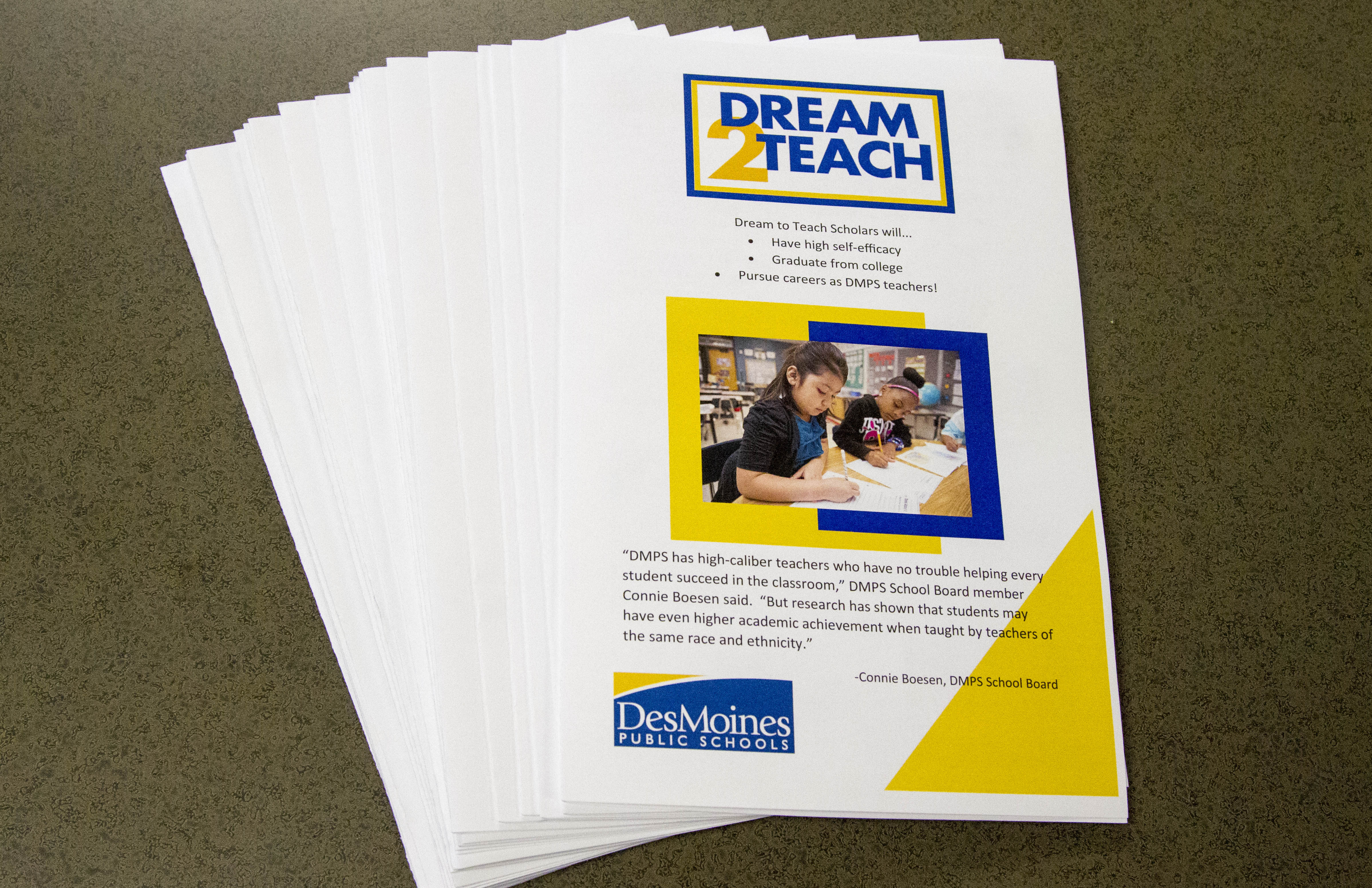New York Joins Calif., Others in Giving Teaching Credentials to DREAMers
Published on March 25th, 2016
New York State will soon approve legislation that will allow illegal immigrants who have temporary legal status, DREAMers, to teach in public schools. The Board of Regents voted to allow deferred action for childhood arrivals to apply for state certification and teaching licenses, assuming they have met the other requirements and passed the necessary tests.
 |
| ‘Dream to Teach’ hopes to displace American teachers. |
State Education Commissioner MaryEllen Elia, fired from her previous job as Florida’s Hillsborough County Superintendent of Schools, was effusive about granting teaching licenses to DREAMers. Elia argued, “We shouldn’t close the door on their dreams. Allowing these young people to get professional licenses will open up a new world of economic opportunity for them.” She added that “they’ve done everything right.”
As is always the case on contentious immigration bills, the State Assembly was divided along party lines about the decision. Democrats heartily endorsed the idea, while Republicans countered that the legislature should have voted on a measure that has the magnitude of issuing education credentials to noncitizens.
Two areas of primary concern: first, giving teaching job opportunities to DACA recipients obviously makes the field more competitive for American-born applicants. Since DREAMers likely speak Spanish, and New York’s growing Hispanic population is filling up schools and adding pressure to add bilingual instructors, DREAMers have the inside track to employment.
Long Island Republican Dean Murray issued a critical statement which said that licensing illegal immigrants is “an insult” to legal residents hoping to teach, and “a slap in the face to law-abiding taxpayers.”
Second, New York’s decision could and probably will encourage other states and cities to follow. California, Nevada and Denver have passed legislation similar to New York’s.
A better long-term solution to educating the nation’s 50 million K-12 students would be to have sensible immigration levels that reduces the number of non-English speakers and puts less pressure on school districts to hire Spanish-language speakers. According to the National Center for Education Statistics, students speaking a language other than English at home rose from 4.7 million in 1980 to 11.2 million in 2009. In California, 44 percent of persons over age five do not communicate in English at home.




